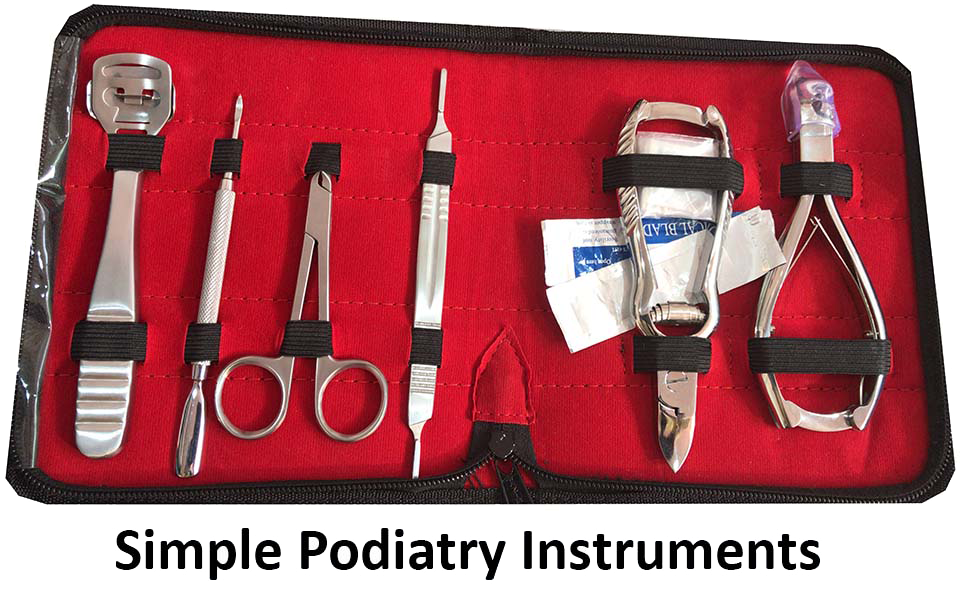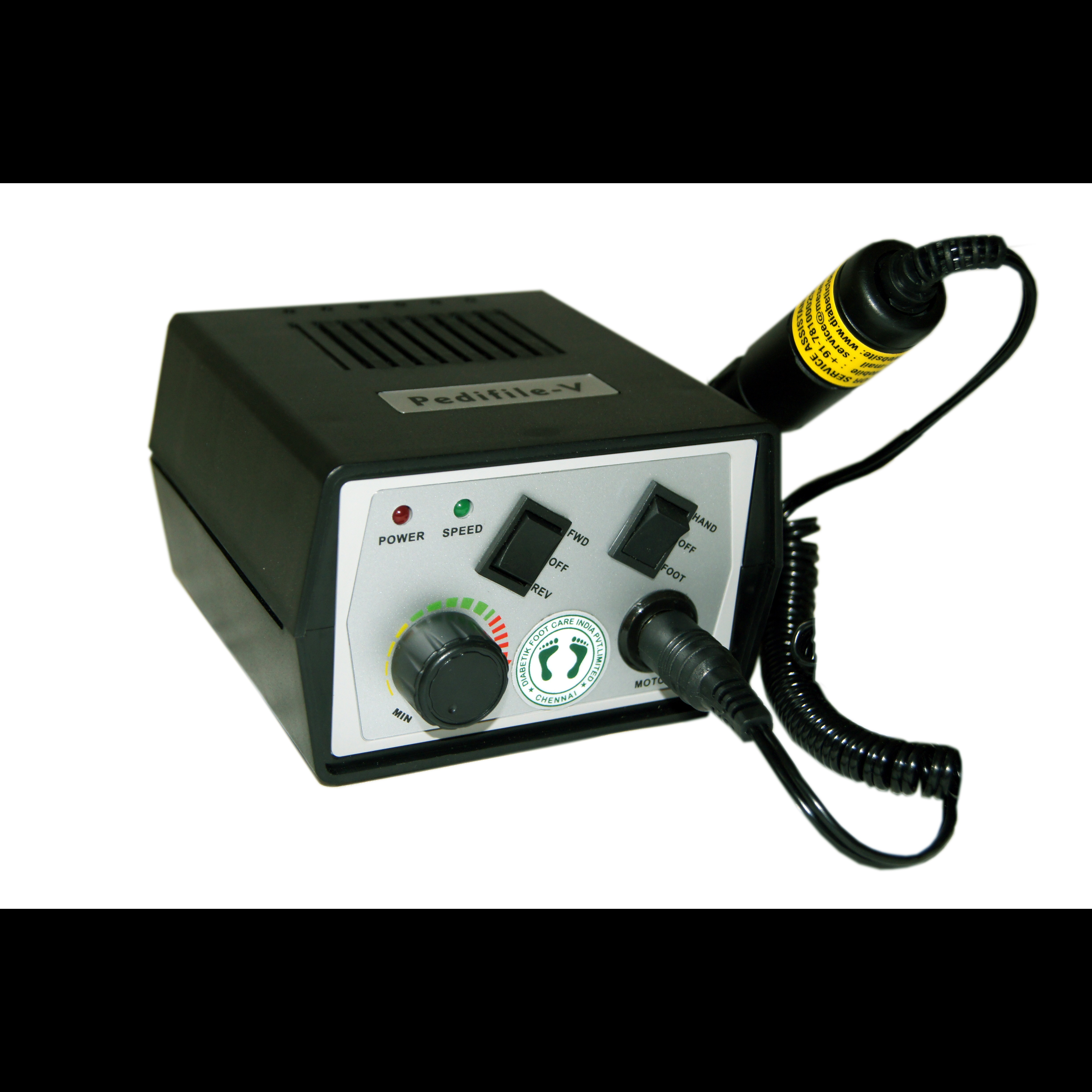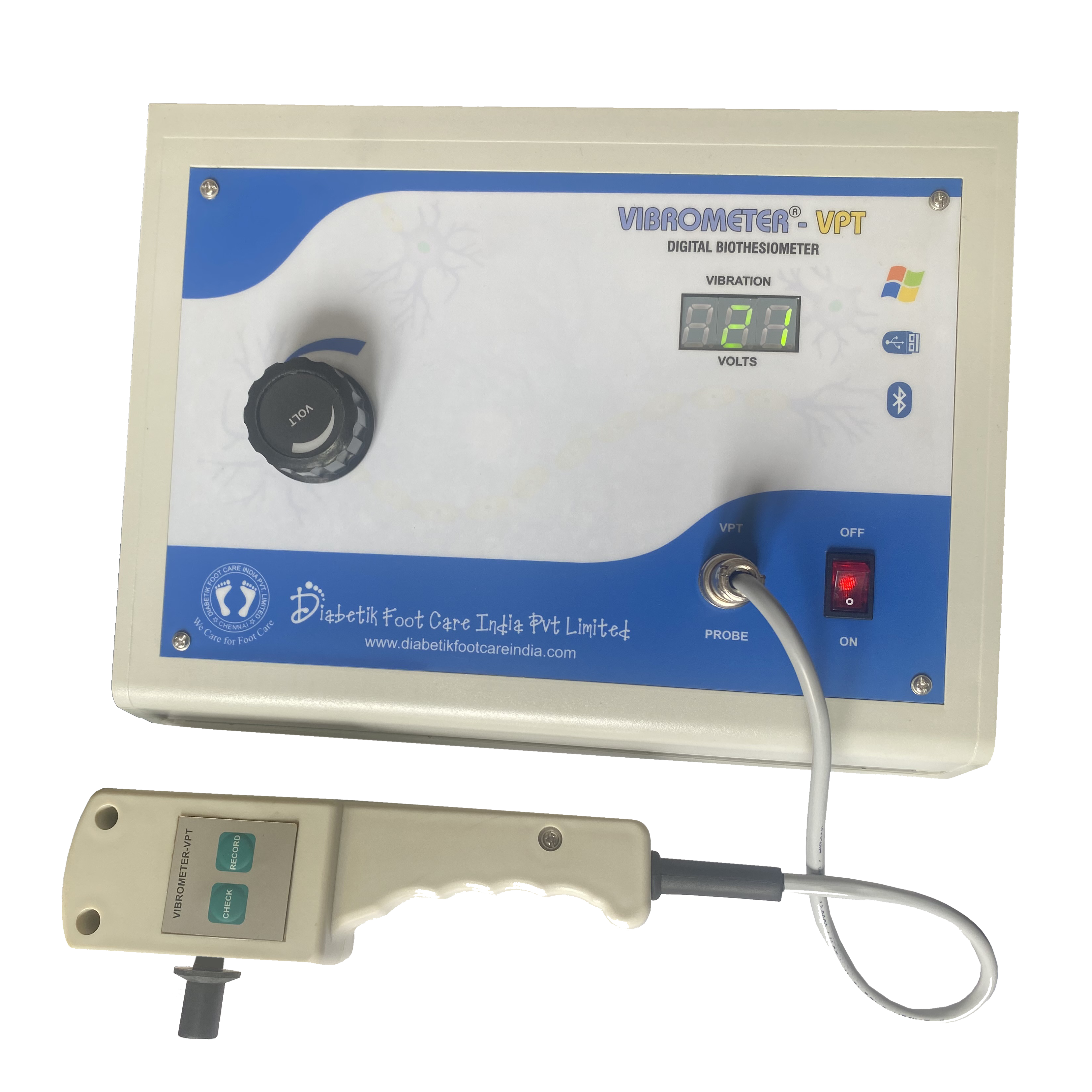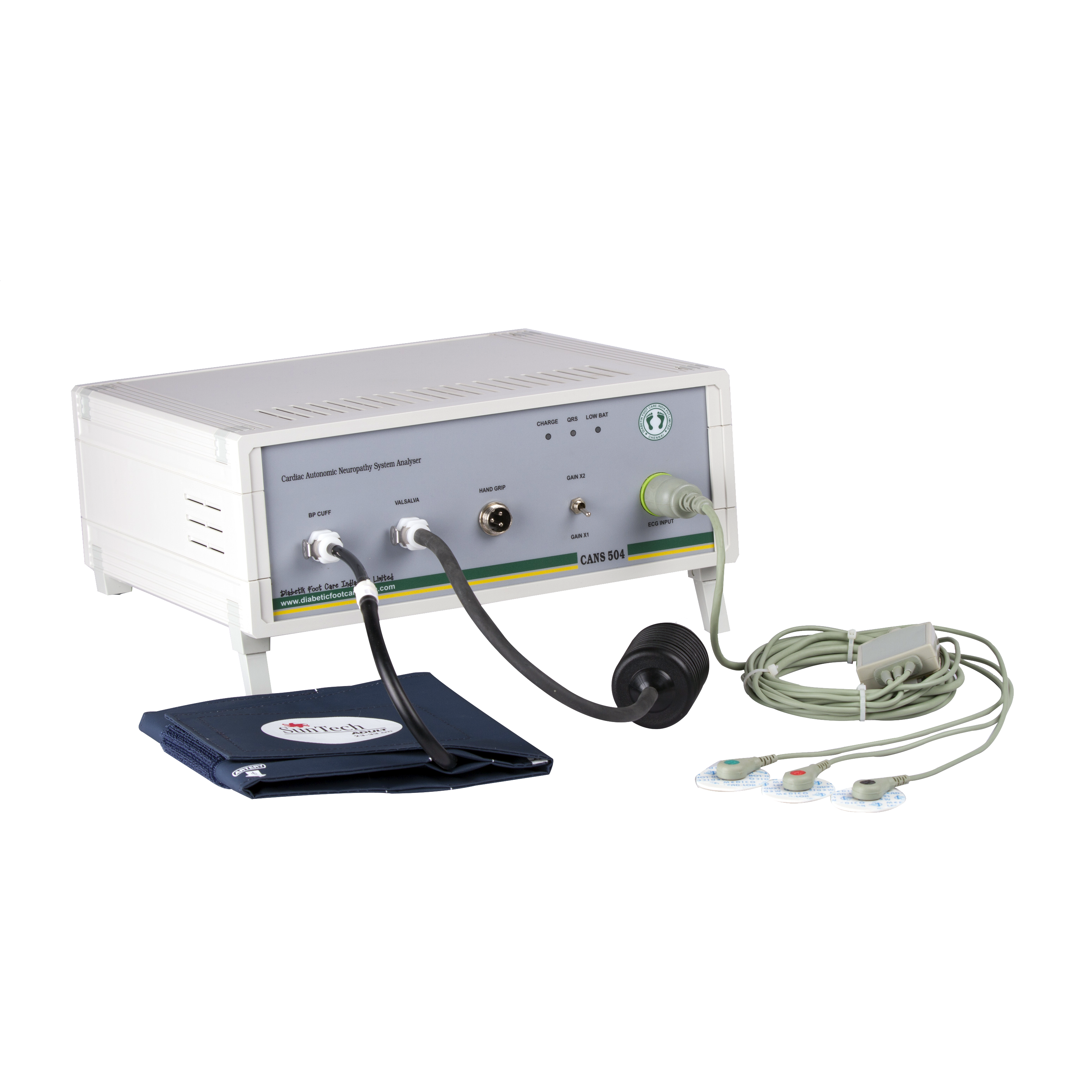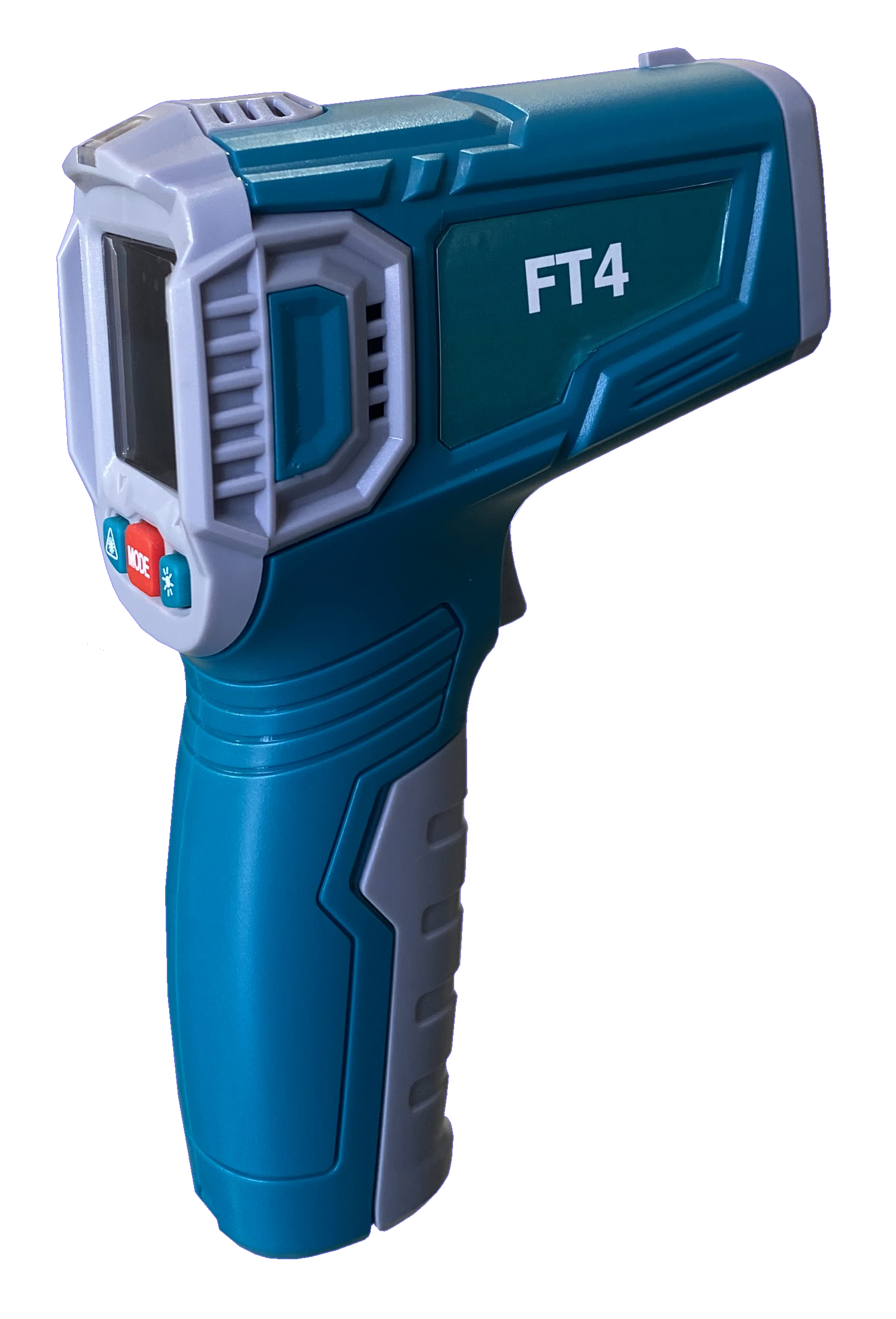
Monitoring Temperature in foot can prevent Ulcers
Diabetic neuropathy consists of multiple clinical manifestations of which loss of sensation is most prominent. High temperatures under the foot coupled with reduced or complete loss of sensation can predispose the patient to foot ulceration. Not only is there a high incidence of ulcerations but fighting ulcers becomes a relentless battle secondary to the high ulcer recurrence rate. An estimated 40 percent of foot ulcerations will recur within one year, 60 percent will recur in three years and 65 percent will recur in five years.
As inflammation is a precipitating sign of ulceration, clinicians have sought techniques to identify inflammation using one of its most common symptoms, increased temperature. Randomized controlled trials have found that local areas of increased temperature, identified using simple infrared thermometers, indicate areas that are likely to ulcerate. This suggests that monitoring of foot and skin temperatures, along with subsequent offloading following observed areas of increased temperatures, can dramatically reduce the occurrence of ulcerations.
One identifies areas of increased temperature using asymmetry analysis, comparing temperatures between a pair of feet. The defined threshold reported in numerous studies is an asymmetrical difference of 4ºF (2.2°C). Because most patients at risk for ulceration are also at risk for Charcot, monitoring foot temperature would be an effective tool.
Keywords
4ºF
feet
pair
risk
Ulcers
Charcot
reduced
one year
threshold
sensation
techniques
40 percent
occurrence
60 percent
65 percent
clinicians
five years
local areas
ulcerations
three years
inflammation
complete loss
most patients
effective tool
high incidence
common symptoms
foot ulceration
numerous studies
foot temperature
skin temperatures
High temperatures
asymmetry analysis
precipitating sign
Diabetic neuropathy
subsequent offloading
Monitoring Temperature
asymmetrical difference
high ulcer recurrence rate
relentless battle secondary
simple infrared thermometers
Randomized controlled trials
multiple clinical manifestations

